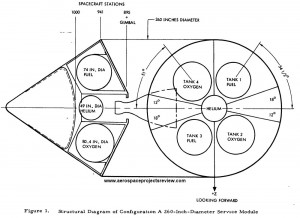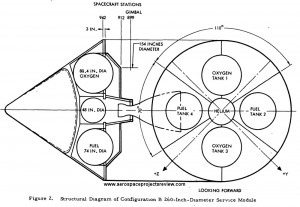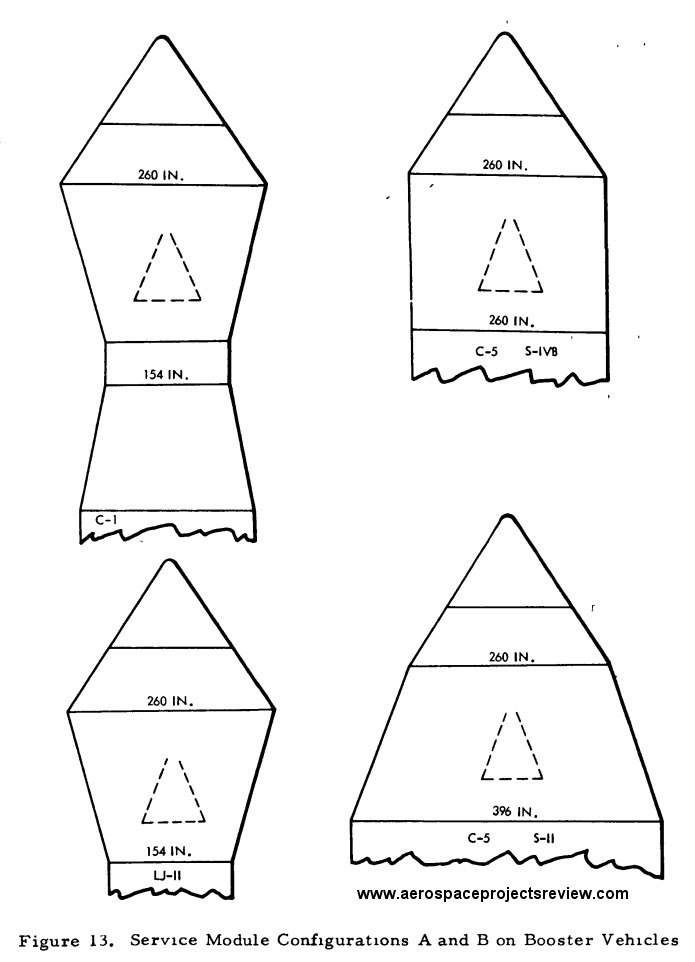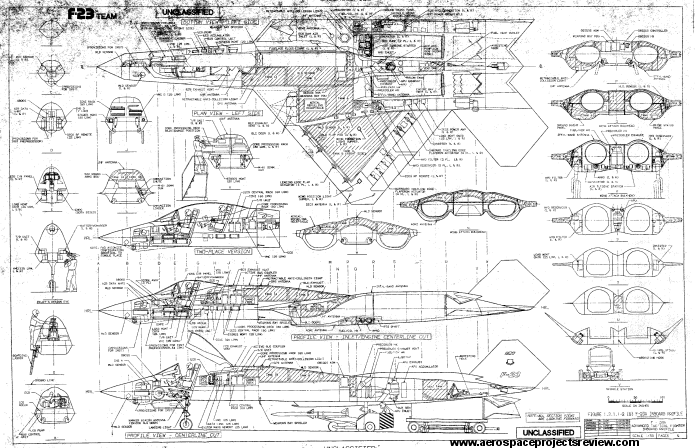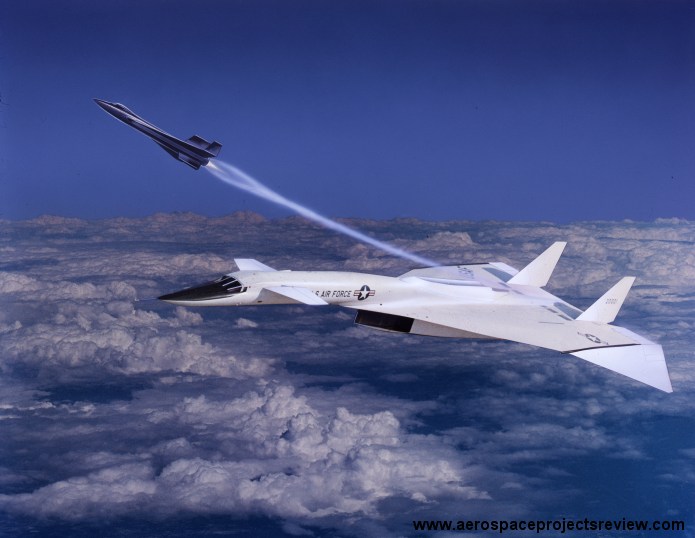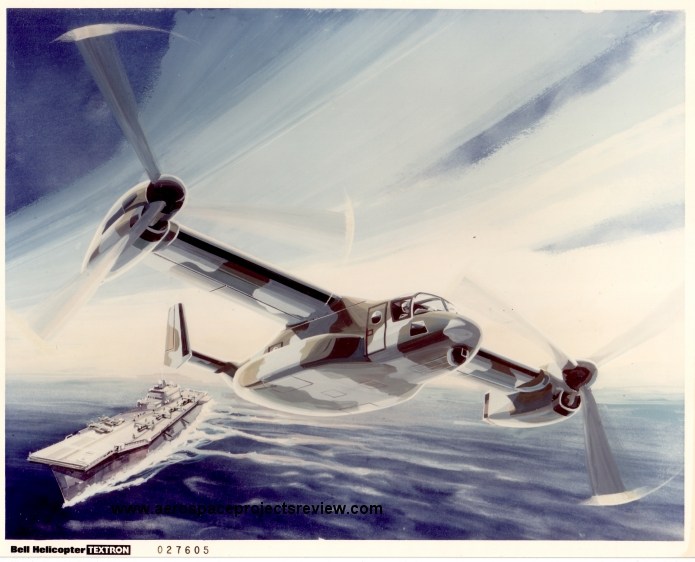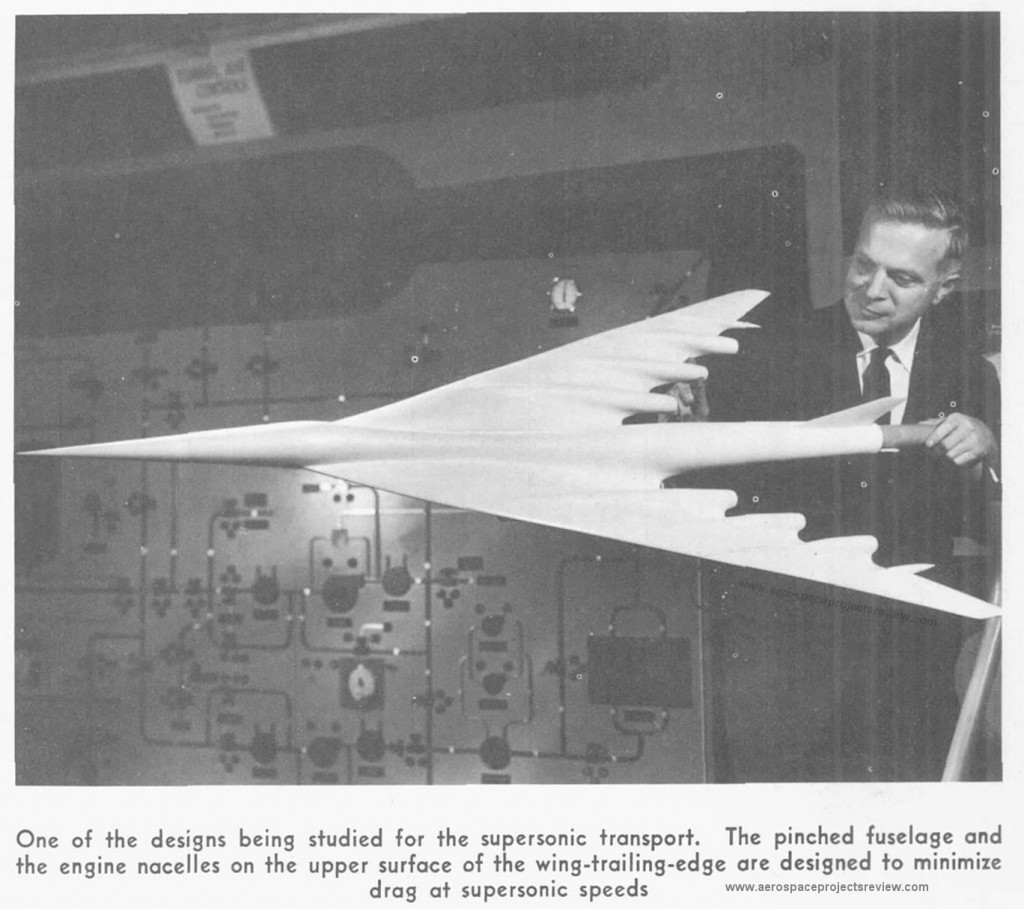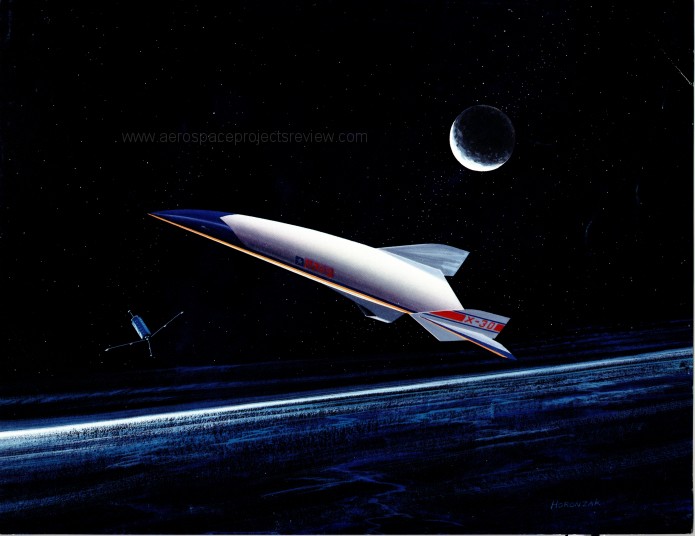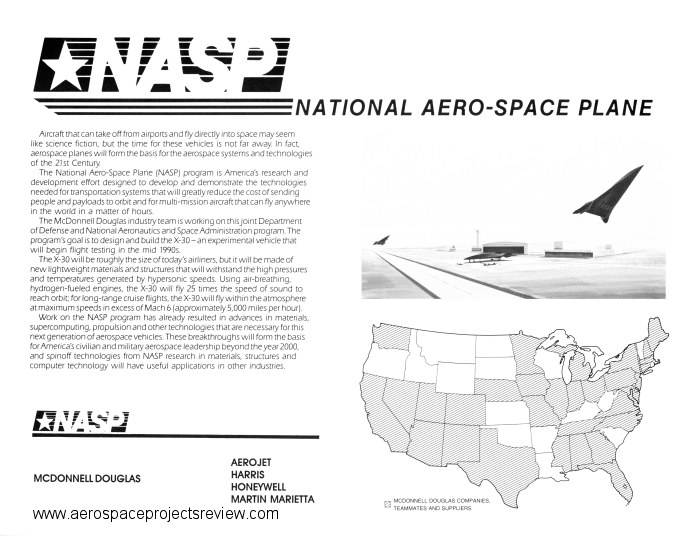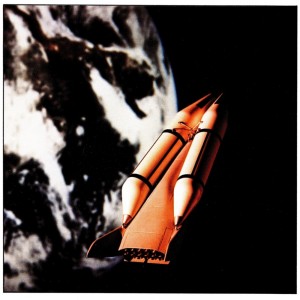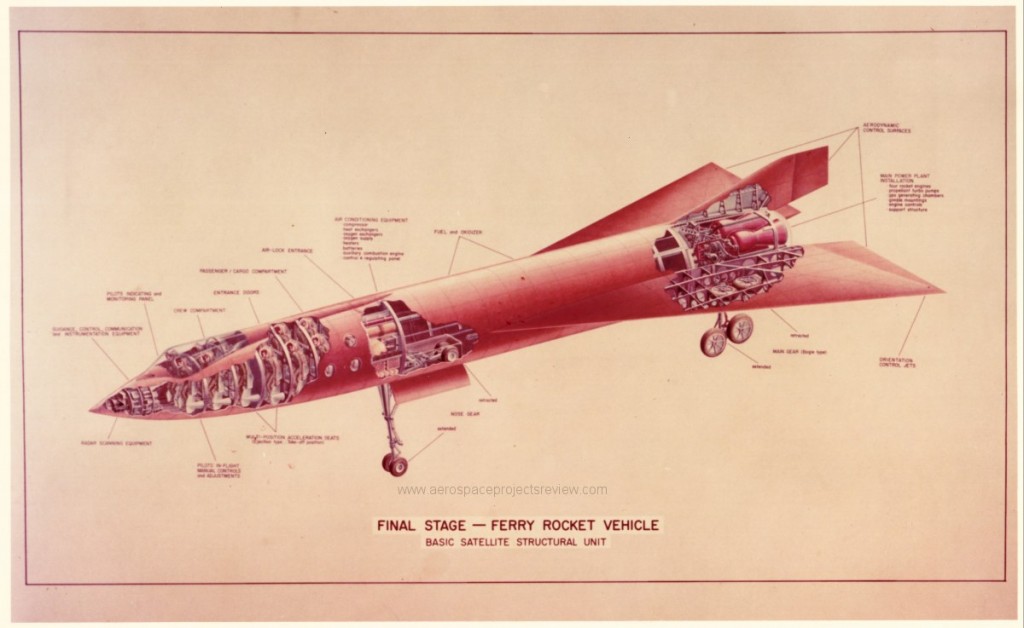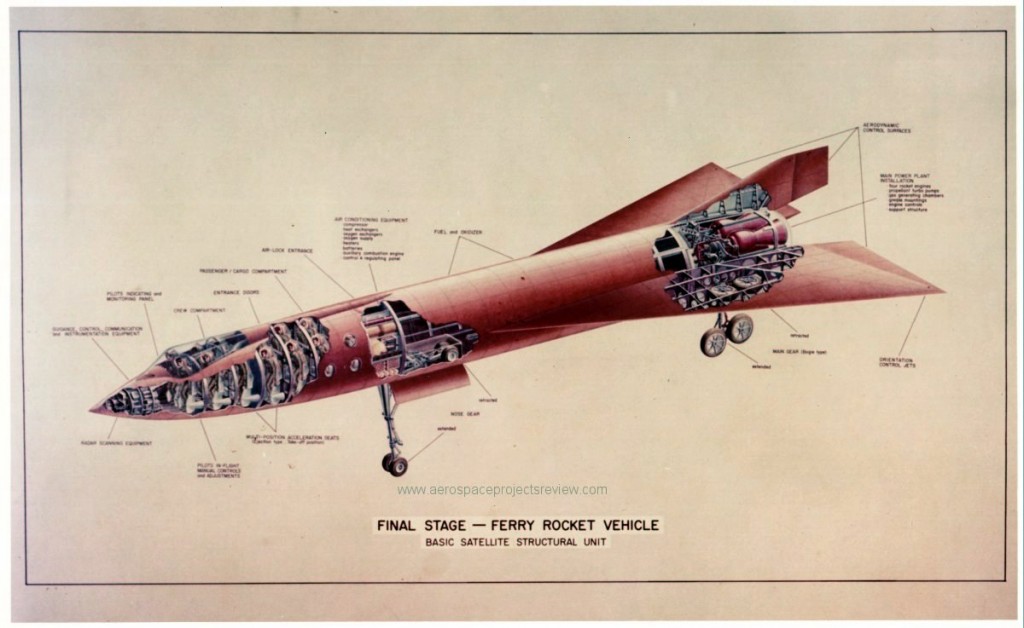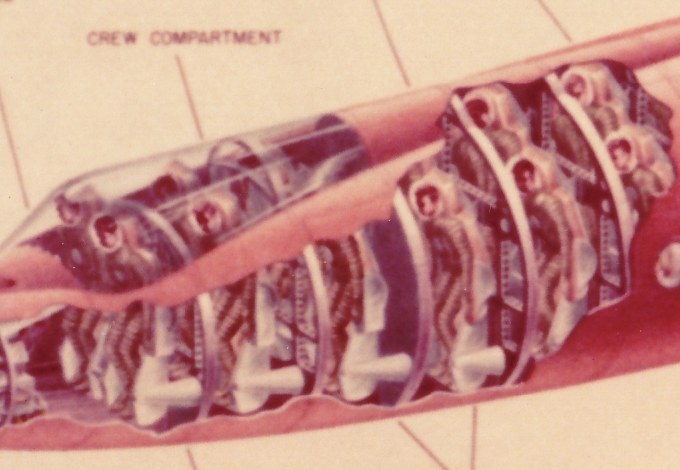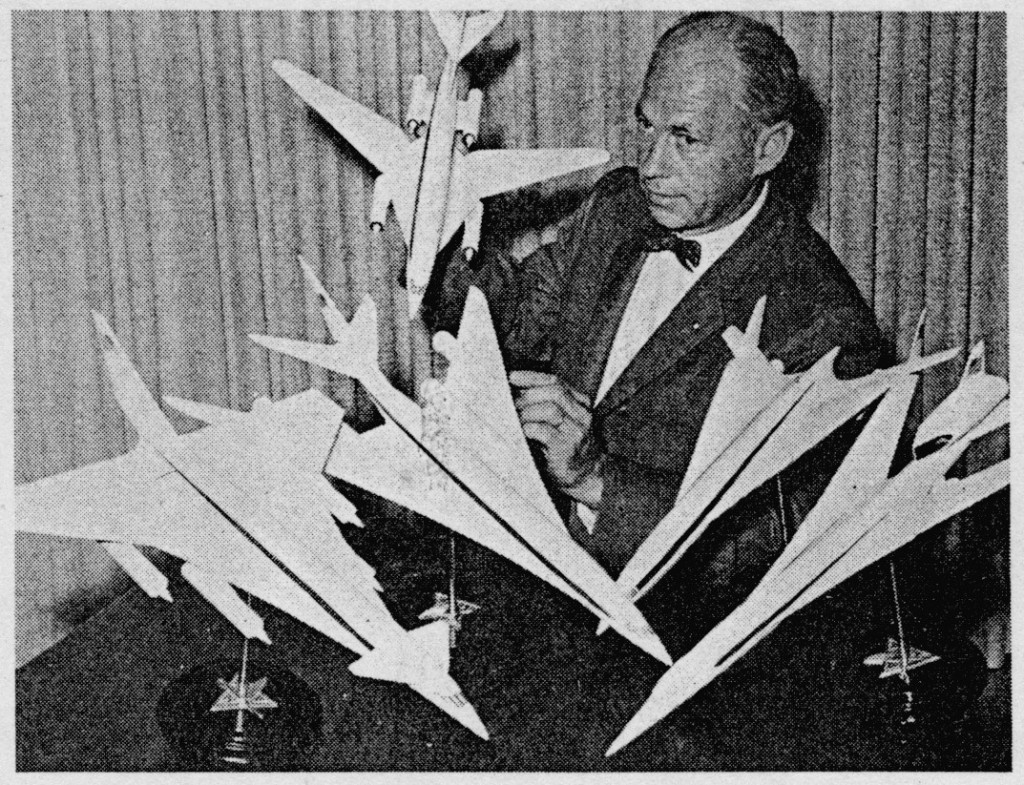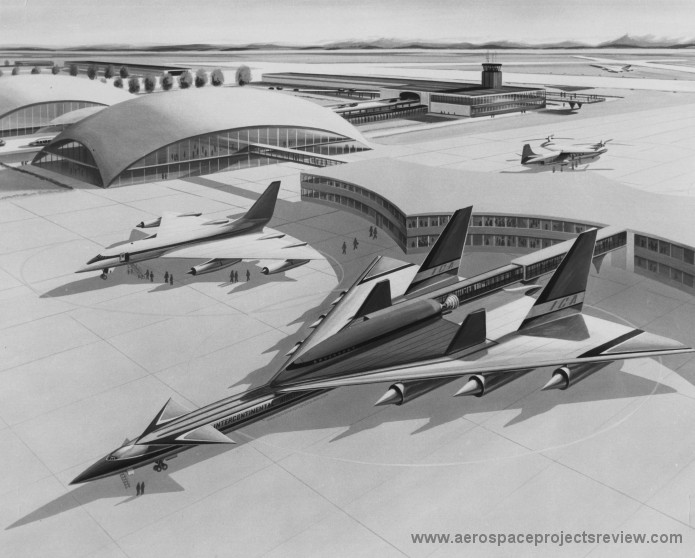A 1962 study by North American Aviation produced designs for the Apollo Service Module designed to mate directly to the 260-inch-diameter Saturn S-IVb and other stages. At the request of the NASA Manned Spacecraft Center (later known as the Johnson Space Center), NAA studied whether it would be advantageous to increase the 154-inch base diameter of the Service Module.
In short, the wider vehicle was found to be aerodynamically superior than the baseline configuration when used on the Saturn C-5 (later known as the Saturn V), but aerodynamically inferior when used on the Little Joe II test vehicle and the early Saturn C-1. Additionally, the engine would be easier to install, inspect and maintain; the conical surface was better for the radiators, and the larger moment arm improved performance of the reaction control system. Unfortunately, the wider service module would be about 1000 pounds heavier at burnout than the 154-inch baseline, and the lunar module adapter would have to be notably heavier as well. Given the primary importance of mass in the Apollo program, this result was probably the most important.
Two 260-inch diameter configurations.
